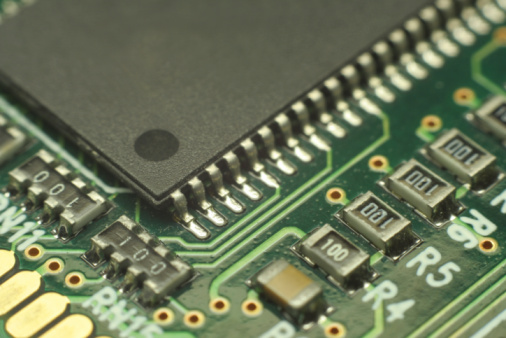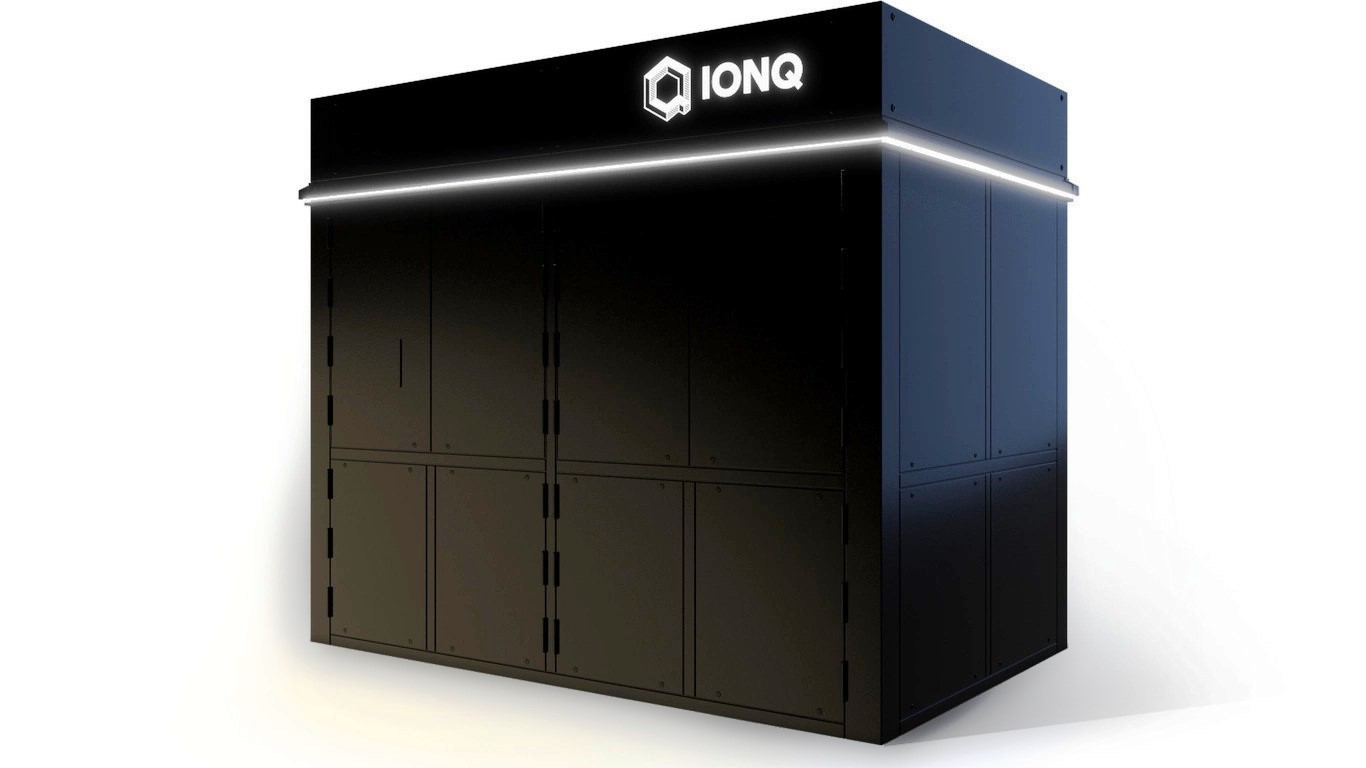Investors love dividends. They also generally tend to love technology stocks. The problem is that the massive growth phase of the sector has moved to selective niche businesses now that we are in the post-PC and post-infrastructure world of technology.
Many tech giants and former growth stories have now matured, and some of them are returning massive amounts of capital by paying massive dividends. Investors can now hold technology stocks for hopeful upside in the decade ahead and can get paid well above-normal yields while they wait.
24/7 Wall St. wanted to do a search for the highest dividends in technology that are also the safest of the group for investors. A safe dividend refers to the company’s ability to pay that rate in good times and bad times, and of course it does not imply that the stocks will not fall in value if the sector or the market drifts lower.
Keep in mind that the number of S&P 500 companies paying dividends is at a 15-year high, with about 83% of the companies paying dividends to shareholders. Only about one-fifth of the S&P 500 yields 3% now that stocks hit new all-time highs, and the 10-year Treasury yield is currently 2.7%. Dividends are considered among the most straightforward measures of returning capital back to shareholders, and they are also meant to offer confidence of strength for years into the future.
We screened the technology sector of the S&P 500 and found that 21 technology stocks were offering yields of 2% or higher. We then screened out the telecom names and the companies with questionable dividend practices. We also screened out companies with market values of less than $10 billion, as well as companies with negative return on equity or a return on equity of less than 10%.
Technology companies that we arbitrarily do not consider technology were screened out as well, as were companies that do not have the income that can easily cover the dividend for years ahead. Consensus estimates have been taken from Thomson Reuters, and the implied price-to-earnings (P/E) ratios are based on estimates for each company’s current fiscal year.
Intel
> Stock price: $24.65
> 52-week range: $19.23 to $25.98
> Market cap: $123 billion
> P/E ratio: 13
> Yield: 3.65%
Intel Corp. (NASDAQ: INTC) is the leader of the safe technology dividends, even if its stock has not been able to challenge its former glory days. The world is moving to a post-PC smartphone and tablet story, and Intel is only just now starting to make headway there with a very late start. We would also caution that at $24.70 its stock is almost $1.00 higher than what the consensus analyst price target is for the year ahead. Still, a 3.65% dividend yield is very high for a technology stock, but it is the closest to a 50% income payout, with some 47% of expected operating earnings being paid out in dividends. Intel’s 3.65% dividend is a high yield for a Dow Jones Industrial Average stock, with its yield the third highest of the 30 companies.
Seagate
> Stock price: $47.75
> 52-week range: $24.90 to $50.66
> Market cap: $15.6 billion
> P/E ratio: 9.0
> Yield: 3.6%
Seagate Technology PLC (NASDAQ: STX) has rapidly ramped up its dividend payouts, and its latest hike got it on this list of high-yield safe dividends in the S&P 500 technology sector. Its yield rounds up to 3.6% for dividend investors. The disk-drive and storage device maker pays out only about 32% of its expected operating income as dividends, and it trades at only nine times expected earnings. Its share price of $47.80 implies close to 6% upside to the consensus price target of $50.43. Note that the 52-week high is $50.66, and shares have nearly doubled off their lows of the past year.
Cisco
> Stock price: $21.40
> 52-week range: $18.07 to $26.49
> Market cap: $115 billion
> P/E ratio: 10.8
> Yield: 3.2%
Cisco Systems Inc. (NASDAQ: CSCO) has been all over the news of late after nothing short of a punishing earnings report. John Chambers’ turnaround plan may come into question again, and the emerging market and China business risks are now hurting. Still, at $21.43 there is more than 11% implied upside to the consensus price target. This last drop only made a high dividend that much higher. Cisco now yields almost 3.2%, and it pays out less than 35% of its expected operating income as dividends. The stock even comes with a forward P/E ratio of less than 11 after the drop. Cisco also added on yet another $15 billion to its stock buyback plan in an effort to cushion the weakness and to limit dilution after recent acquisitions and from ongoing employee stock options.
CA Technologies
> Stock price: $32.42
> 52-week range: $21.67 to $33.10
> Market cap: $14.6 billion
> P/E ratio: 10.75
> Yield: 3.1%
CA Technologies (NASDAQ: CA) is the often forgotten about IT stock. Its share price has recovered handily with gains of about 50% off the 52-week lows to $32.50. Yet, analysts have not chased the stock up during its recovery and the consensus price target is down at $29.85. Still, it pays out only about one-third of its expected income from operations as a dividend, and it trades at less than 11 times expected earnings. This may be one of the most unexciting and forgotten tech stocks, but a dividend that rounds up to 3.1% is very high for this sort of company.
Microsoft
> Stock price: $36.80
> 52-week range: 26.26 to $38.22
> Market cap: $307 billion
> P/E ratio: 13.8
> Yield: 3.05%
Microsoft Corp. (NASDAQ: MSFT) is the fifth highest-yielding safe technology dividend from the S&P 500 at 3.05%. It has also recently committed to a $40 billion stock buyback plan. After a huge run in 2013, shares have recently sold off to $36.80. Merrill Lynch pointed out that its biggest risk ahead is a new CEO turnaround execution plan. Steve Ballmer is on the way out, the company will be buying back stock and it pays out about 42% of expected operating income as dividends. Microsoft of course has a mountain of cash and long-term investments of close to $90 billion. Its business may not be exciting, but it can likely fund that dividend for years and years while it figures if it wants to be a software or devices company.
Thank you for reading! Have some feedback for us?
Contact the 24/7 Wall St. editorial team.





